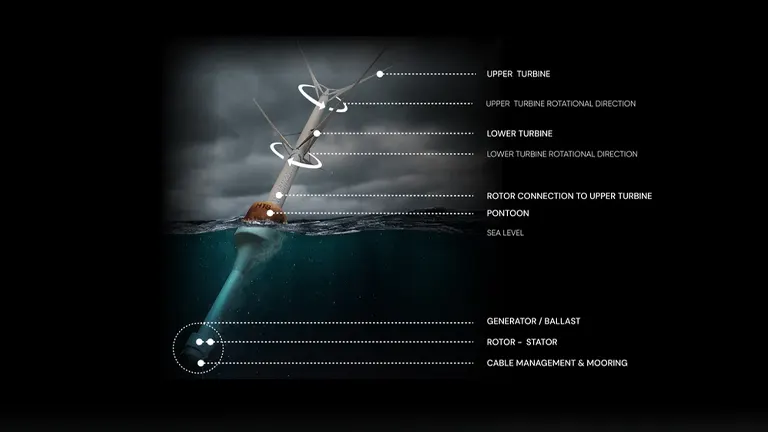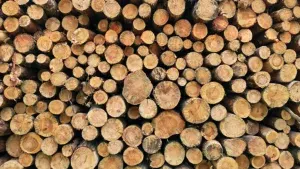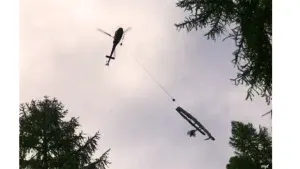A Groundbreaking Leap in Wind Energy: Norway’s Latest Innovation
- November 22, 2023
- 1 comment
Norway is on the cusp of a significant breakthrough in offshore wind energy production with a new turbine design that promises to redefine the industry. Developed by Norwegian startup World Wide Wind (WWW), these “counter-rotating vertical-axis turbines” are set to undergo testing soon. This design not only has the potential to double the efficiency of wind energy generation at sea but could also dramatically reduce costs.

This innovative approach is poised to tackle one of the most pressing issues of our time: the over-reliance on fossil fuels and the urgent need to transition to cleaner energy sources. By harnessing wind power more effectively, these turbines could play a crucial role in mitigating the effects of climate change.
The design of WWW’s turbines incorporates three groundbreaking features:
- Floating Technology: Unlike traditional turbines anchored to the seabed, these turbines float and are tethered to the seafloor. This technology is not new, but it’s gaining traction due to its ability to exploit wind resources in deeper waters and its minimal impact on ocean views.
- Vertical Axis Blades: Breaking away from the conventional horizontal-axis design, these turbines feature blades that rotate around a vertical axis, resembling an inverted stand mixer. This unique orientation isn’t just aesthetic; it’s a functional shift that allows for greater efficiency.
- Counter-Rotating Turbines: The most striking innovation is the addition of a second turbine on the same axis, spinning in the opposite direction. This design not only neutralizes the torque issues commonly associated with vertical-axis turbines but also effectively doubles the rotational speed.

According to New Atlas, the strategic placement of heavy components at the base or underwater makes maintenance easier and less costly compared to traditional turbines. Additionally, the vertical-axis design enables these turbines to capture wind from multiple directions and minimizes turbulence, allowing for a denser arrangement of turbines within a wind farm.
The test prototype, a collaborative effort between WWW and AF Gruppen, stands at 62 feet tall with a 30-kilowatt capacity. However, the vision extends far beyond this: WWW aims to scale up to turbines 1,312 feet tall with a capacity of 40 megawatts—nearly double the output of today’s largest wind turbines.
Plans for a 1.5-megawatt prototype in 2025 and a commercial 24-megawatt version by 2030 are underway. Such advancements could mark a significant milestone in renewable energy technology, making a substantial contribution to global efforts in combating climate change.
“Bring it on!” as New Atlas aptly concludes. With the potential to transform offshore wind energy production, these turbines are not just a technological marvel but a necessity for our planet’s future. Stay tuned for weekly updates on this and other innovations shaping our world by joining our free newsletter.














What will effect be on Birds? I have seen the myriad of dead birds under the land turbines now in use.
Colleen Fries
November 1, 2024 9:31 pm